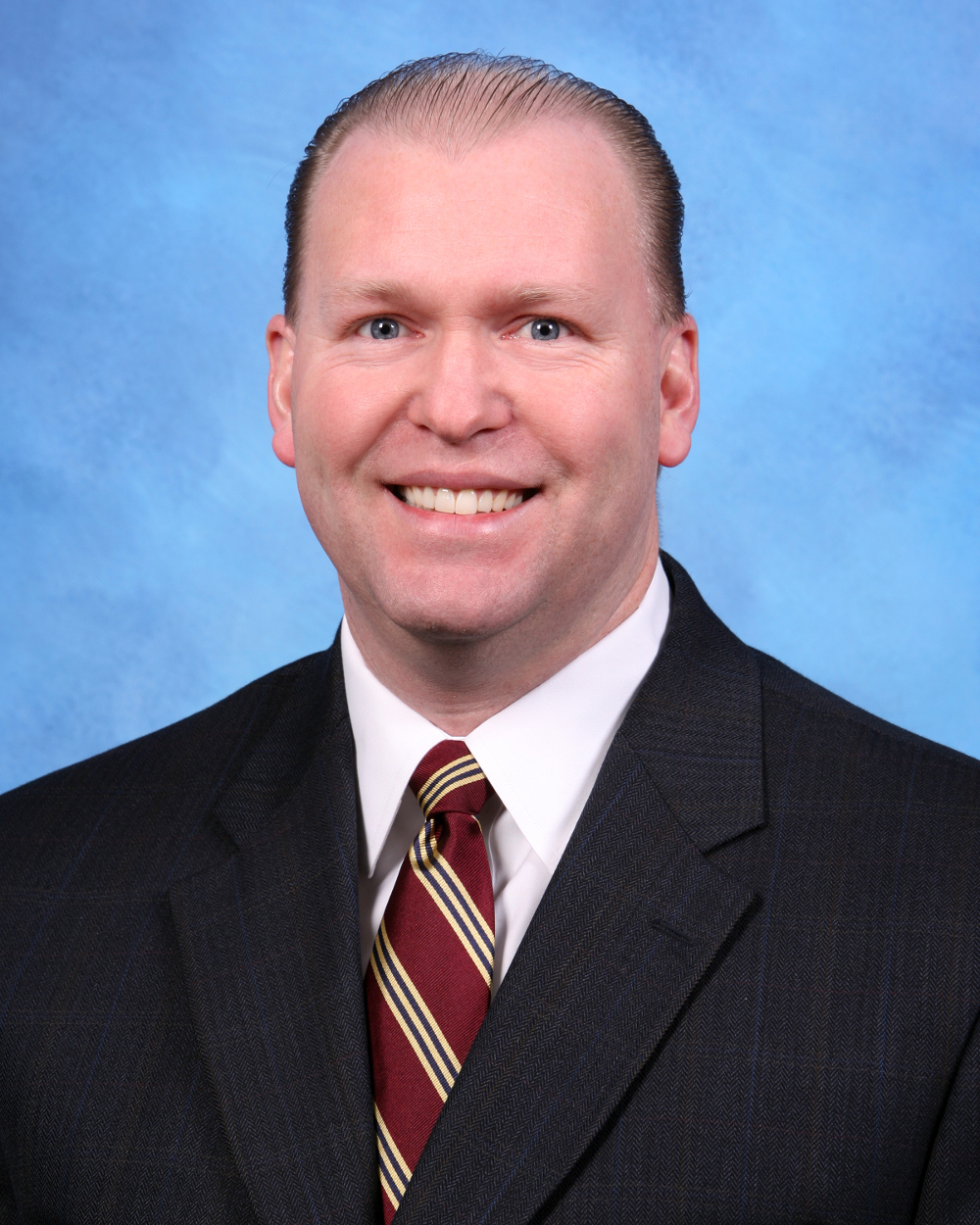Sustainability is important in healthcare and spine care, but the ideal situation can be far from reality today.
 "When we think about sustainable healthcare, one of the most important aspects is the financial viability of what we are doing for patients and hospital systems and how we can afford to do what we do in this country," says Jeffrey Carlson, MD, of Orthopaedic & Spine Center in Newport News, Va. "The majority of spine surgeons went into spine surgery to make patients better, but there is always this sign of trepidation in approaching the spine patient because there are so many causes of back pain and nerve pain. We are beginning to find out what benefits the patients most with the least financial burden to the healthcare system."
"When we think about sustainable healthcare, one of the most important aspects is the financial viability of what we are doing for patients and hospital systems and how we can afford to do what we do in this country," says Jeffrey Carlson, MD, of Orthopaedic & Spine Center in Newport News, Va. "The majority of spine surgeons went into spine surgery to make patients better, but there is always this sign of trepidation in approaching the spine patient because there are so many causes of back pain and nerve pain. We are beginning to find out what benefits the patients most with the least financial burden to the healthcare system."
The Spine Patient Outcomes Research Trial conducted in the early 2000s is the most expansive effort to date to collect data and analyze outcomes. The multi-center, randomized, controlled trials attempted to decipher whether operative or nonoperative treatment was more effective for patients with various spinal conditions.
"With the two-year data, the only treatment that was effective was lumbar discectomy, but when you looked at the four-year data, the cost-effectiveness of spine surgery was more evident," says Alan S. Hilibrand, MD, director of medical education for the department of orthopedic surgery at Rothman Institute and Jefferson Medical College in Philadelphia. "Surgery for degenerative spondylolisthesis showed a $67,000/QALY and surgery for spinal stenosis had a $50,000/QALY. Surgical treatment is really an investment that has a long term return-on-investment. The longer you follow people, as long as there isn't an immediate revision surgery, there is a bigger expense upfront but you see the savings later."
the cost-effectiveness of spine surgery was more evident," says Alan S. Hilibrand, MD, director of medical education for the department of orthopedic surgery at Rothman Institute and Jefferson Medical College in Philadelphia. "Surgery for degenerative spondylolisthesis showed a $67,000/QALY and surgery for spinal stenosis had a $50,000/QALY. Surgical treatment is really an investment that has a long term return-on-investment. The longer you follow people, as long as there isn't an immediate revision surgery, there is a bigger expense upfront but you see the savings later."
Although there were flaws in the study design — and patients were able to switch between the non-surgical and surgical groups — the trial set a precedent for studies going forward.
"Sometimes the surgical treatment becomes more cost-effective," says Chief of Spine Surgery and Director of the Spine Center at Mount Sinai in the Leni and Peter W. May Department of Orthopaedics Andrew Hecht, MD. "That becomes important not only for the enduring benefit of the surgical problem, but also could have other health effects like giving the patient the ability to lose weight and become more active. We've seen some of this literature in joint replacement surgery with increased cardiovascular activity. What we learned from SPORT is very often the benefits of surgery become more cost-effective as the results are maintained over time and the need for nonoperative care diminishes. Sustainable health is about making sure treatments provide benefits to overall health and the ability to reengage in your life."
Electronic medical records are now allowing for studies on a larger scale than ever before. "We can look through the electronic data gathered and see the correlation between patient diagnosis and treatment," says Dr. Carlson. "It's still very raw data at this point, which is an issue. Another issue is our terminology; we don't all use the same terminology to describe the same issues. Using the same terminology is important to make the trial worthwhile and show patients who have the same diagnosis."
Shoring-up the terminology will help physicians communicate across studies, but it takes an additional step to convince insurance companies treatment is medically necessary. Insurance companies have developed their own algorithm for approving treatment coverage, sometimes requiring months of nonoperative care when the surgeon clearly sees a need for surgical intervention.
"Our studies are not communicated well enough to insurance carriers or to patients to say these things help or don't help," says Dr. Carlson. "For example, there are several studies showing that in 40 percent of patients over the age of 40, MRI will show a disc herniation that is asymptomatic. Being able to educate payers and patients about trusting us to treat them better will help us go through a logical approach to their issues without wasting time or money."
For symptomatic disc herniations, if surgeons can show patients have fewer lost work days with early surgery instead of waiting six months and going through non-operative care without positive results, patients can undergo surgical intervention more quickly.
"The insurance company's algorithm is the surgeon's biggest problem," says Dr. Carlson. "I've had patients who needed an MRI and we ordered it, but the insurance company said they wouldn't pay until after physical therapy. Then the patient comes back after a month of PT and still needed the MRI. We wasted time and money for the patient during that time, which could have been mitigated if they listened to the surgeon."
Surgeons are becoming more sensitive to the cost of treatment, but not at the expense of patients. "We are not seeing much collaboration with insurance companies on this issue; we are seeing more adversarial things across the board," says Dr. Hecht. "Risk is being displaced on the physicians and patients, and that's a tough pill to swallow. There are some high-risk patients out there and we want to make sure there aren't any barriers to managing their care."
Spine surgeons are working to minimize costs and maximize outcomes by using minimally invasive therapies, taking patients into outpatient ambulatory surgery centers, shortening hospital length of stay and engaging in research for motion preservation techniques such as biologic disc repair to enhance fusions. There are several costs associated with spine surgery, including:
• Implants
• Hospital stays
• Nursing staff
• Physician costs
"People look at physician fees as a huge barrier, but that's really a small fraction of healthcare spend," says Dr. Hecht. "As physicians are squeezed, it gets more challenging to digest the system. I think the key is for us to be on the forefront of leading which treatments are most effective."
Spine societies have the critical mass to gather data and define treatments among their spine care provider peers with the best interest of their patients in mind.
"We need to be the ones leading the conversation and not letting the government and insurance companies dictate what we know is potentially incorrect," says Dr. Hecht. "We need to accept the reality that sands are changing and we need to take the lead."
Politics will play a big role in healthcare going forward, with the midterm elections this year and then presidential election in 2016. "If we don't have strong patient advocacy for spine surgery, those procedures will be denied," says Dr. Hilibrand. "There is very strong popular support for cancer treatment even though treatment is expensive. We do whatever we can to make those patients better. I think any procedure that wants to be widely performed will need that kind of support."
A final — but huge — barrier to sustainable spine care is medical malpractice. The current liability system in the United States encourages surgeons to order unnecessary tests to avoid medical malpractice suits.
"We have a broken liability system," says Dr. Hecht. "That's one of the factors leading to increased ineffective healthcare. The administration costs are absurd and that doesn't seem to be part of the overall healthcare cost conversation. But, these are the kinds of things that can help improve the quality of care and keep spine care sustainable in the future."
At some point down the road, Dr. Hilibrand sees surgeons being paid based on providing a service of value instead of the current payment method — fee for service. "We'll also see more consistency and less treatment pattern variation," he says. "When someone shows a certain procedure is cost-effective, that will drive more people to perform that procedure."

